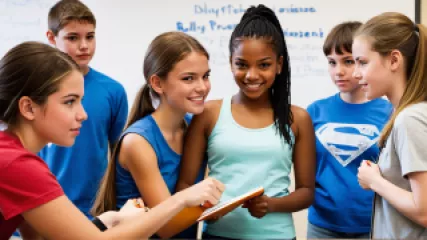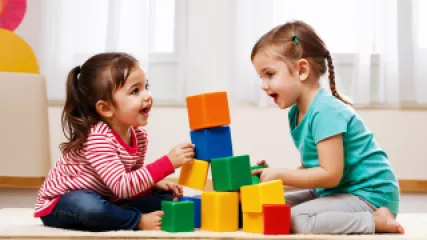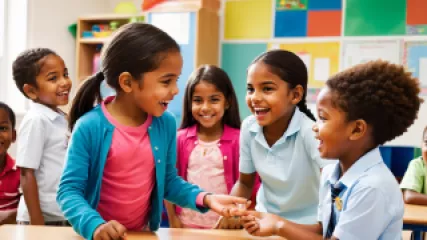Unlocking Your Communication Potential: Why Mastering Online Sessions Can Transform Your Interactions
for 1 år siden
Kommunikationsfærdigheder
Innovative Bullying Prevention Strategies Inspired by Popular Books and Movies
for 1 år siden
Forebyggelse af Mobning
Mastering Empathetic Listening in Mindful Communication
for 1 år siden
Bevidst Kommunikation
Effective Parenting Advice for Kids' Behavior
for 1 år siden
Børneadfærd
Mastering Conflict Resolution: A Step-by-Step Guide
for 1 år siden
Kommunikationsfærdigheder
Top 10 Strategies for Managing Health Anxiety
for 1 år siden
Sundhedsangst
Effective Strategies for Managing Child Behavior
for 1 år siden
Børneadfærd
Understanding Child Behavior: Research Summary
for 1 år siden
Børneadfærd
Expert Insights: Mindfulness Training for Teachers in Education
for 1 år siden
Mindfulness i Uddannelse
Inside Therapeutic Self-Disclosure: An Interview
for 1 år siden
Terapeutisk Selvafsløring
How can mindfulness benefit student wellness programs?
for 1 år siden
Mindfulness i Uddannelse
Top 10 Stress Management Techniques for Health Anxiety
for 1 år siden
Sundhedsangst
Embracing Peer Competition: A Path to Personal Growth
for 1 år siden
Håndtering af Konkurrence blandt Jævnaldrende
Overcoming Unconscious Bias: A Personal Journey
for 1 år siden
Konfrontere Bias















